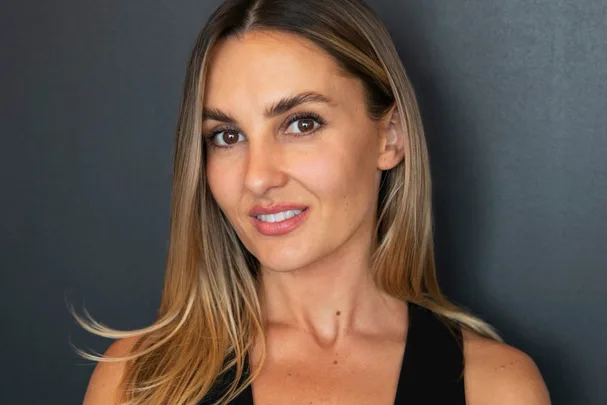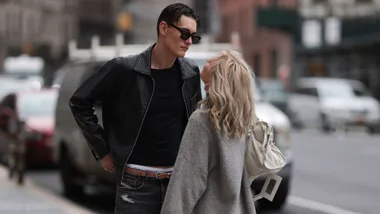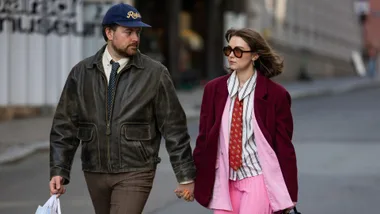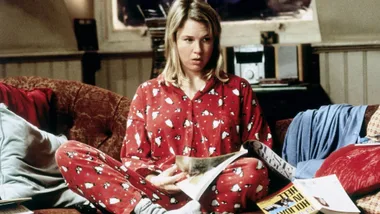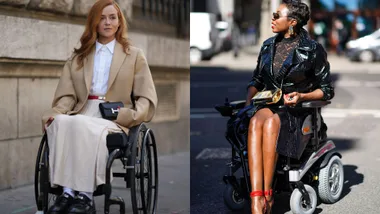Welcome to Working On It, marie claire Australia’s series asking CEOs, founders, experts and trail-blazers the big (and not so big) questions about how they work.
Today, we’re talking to Uber’s marketing director, Georgie Jeffreys, who went from “zero marketing experience” to launching Super Bowl ads in just a few short years. You might not be familiar with Georgie, but you definitely know her work: casting Kim Kardashian as a netball player and Paris Hilton as the newest Australia Zoo employee (yes, the one owned by the Irwins) come to mind.
The latest? Tapping Sean ‘Diddy’ Combs to star in Uber’s 2023 Super Bowl commercial, which is regarded as the biggest (and most expensive) ad spots world-wide. (This year’s Super Bowl, which saw the Kansas City Chiefs emerge victorious against the Philadelphia Eagles, drew in a record 115 million viewers — while a 30-second ad spot reportedly cost US $7 million a pop.)
Here, we talk to Georgie about swapping the beaches of Sydney’s Tamarama for New York City, her biggest advice for career growth, and what really goes into making one of the biggest commercials in the world.
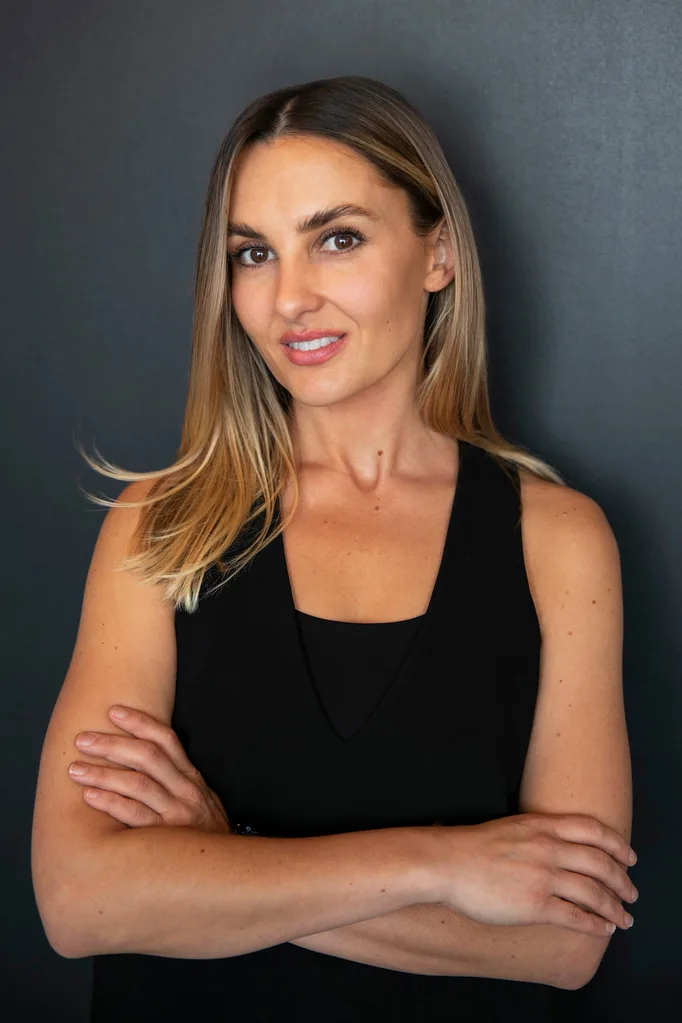
MC: So first of all — how did you end up running Uber’s marketing department from New York City?
Georgie Jeffries: I started at Uber in 2015, joining the Sydney office. I joined at a really good time in hindsight. It was just when ride sharing was taking off and just before Uber Eats launched, so I’ve had the opportunity to really see and be a part of the company transforming. I had no background in marketing – I started out in events. But I loved the product, I’d used it a couple times, and I was obsessed. I didn’t really care about what I was going to do, I just wanted to join the organisation.
MC: What were the key differences in working in NYC vs Sydney?
GJ: The thing I was most humbled by was having to make changes and adaptations to my leadership style. I think Australia is definitely more informal and more laid back, and the expectations are different. In the US, people really want you leading from the front. That took a little bit of adjusting to and caught me by surprise, because I thought it was probably going to be much more culturally similar than it was.
I think the work speaks for itself. There’s something to be said about Australia as a testing ground. If you think about marketing as an example – the stakes are high anywhere, but they’re not quite as high in Australia as they are in the US. Because the dollars are different, and the eyeballs are different, and you can be far more experimental and innovative with less risk. And that has provided a pretty interesting breeding ground for innovation and for best-in-class work.

MC: I’ve heard of this network called the “kangaroo mafia” in New York, where there’s a real support and social network for Australian expats. Is that something you’ve come across?
GJ: I’ve never heard of the term, but I love it. I think certainly when I moved to New York, a lot of people I had worked with, or knew of but wasn’t particularly that close with in Australia, they reached out. There’s definitely a community here. But equally, New York is just an amazing place to meet people and make friends. I find people are very, very friendly here.
MC: How did you find the adjustment to living here in the city, outside of work?
GJ: We moved in the heart of winter.
MC: Oh that’s brutal.
GJ: Yeah it was, it was definitely hard to leave the sunshine of Tamarama behind. It was just coming out of Covid but going into Omicron, so it took some adjusting. What I love about the city and what attracts a lot of people here is that there’s something for everyone. It’s very, very fast paced, and you can just get swept away with it. Whereas in Sydney, you probably need to try a bit harder to create your own fun.
MC: I’ve had friends who moved to New York from Australia describe it as stepping on the “career elevator”: it can skyrocket, but there’s also a long way to fall. Does that ring true to you?
GJ: Well, to be honest, my career skyrocketed in Australia. It was really about the organisation. For me, the best choice I ever made was actually choosing to join Uber. Choosing to join a high growth organisation does create opportunities. And so even when I took on the APAC role, I was in Australia. So it’s not that it’s not true that your career can’t skyrocket [by moving to New York], but certainly my trajectory was made in Australia.
MC: The Uber Eats campaigns in Australia are just these incredible talking points, the stand out being Kim Kardashian and Madga Szubanski [playing her Kath & Kim character, Sharon Strzelecki]. Who is it that you’re looking for when casting these people, who nobody else would think to put together?
GJ: When we launched Uber Eats in Australia, it was quite different to ride sharing. It was already a competitive space, we were the third brand to enter the market. We had a bit of catching up to do and made a pretty deliberate and strategic decision to invest significantly in brand and marketing. And so the ‘Tonight, I’ll Be Eating’ campaign was launched in 2017, and what attracted us to that campaign was that it had longevity as a platform. It wasn’t just one and done. And it was a pretty fertile territory because of all the different places you could take it with all the different celebrities.
When we thought about the types of people we wanted to bring together, first of all, they had to be iconic in their field. It’s not that we wanted them to be polarising, but almost everybody should have an opinion on them. And then we wanted them to be unexpected but gettable connections – like you see them, and it makes sense. By the time we got to Kim and Magda, we were two or three years into the campaign and it had really hit a strike. It was part of the culture, and people were waiting for the next drop. We just wanted to push it as far as we could in terms of entertainment value, without detracting from the message and brand.

MC: Did you have to explain to the US team about who Sharon Strzelecki is – “This will not make sense to you, but Australians will go mad”?
GJ: Not by that point, because they trusted us. And YouTube is a glorious thing.
MC: Is there anyone you’re eyeing off at the moment for the next campaign?
GJ: Not just yet, because we’re really focused on the Super Bowl this year. This is our third Super Bowl ad, and I’ve been lucky enough to lead all three Super Bowls since I started. This year was all about membership and Uber One, and the premise of the campaign is making it the most memorable membership possible. And we did that by working with Diddy, who is obviously an iconic hit maker, and he brought together a bunch of people from across the decades who have very memorable songs.
MC: What does it take to make a Super Bowl ad?
GJ: We’ve been doing it for three years, and each year we’ve gotten better and more organised. If I’m honest, the first year, we were still in the middle of Covid, and we decided to do the Super Bowl in October. [The Super Bowl takes place each year in February.] They say you should brief in June, but we had a really good muscle built by then. We had a strong internal team, we had conviction we could pull it off, and we did. That gave us confidence for the following year, and we were able to brief in September, but look – it’s always tight.
MC: And you’re tapping huge talent, who probably have quite conflicting schedules
GJ: True, but for a lot of talent, being in the Super Bowl is a huge opportunity, so they’ll make the time. And we’ve certainly built a reputation where we’re a brand celebrities want to work with – they trust that the work we’ll do is also good for them. I think we’ve hit our brief sweet spot; we want to get it a bit closer to the action to hit the right cultural moment.
MC: How do you deal with your inbox? Are you an inbox zero person?
GJ: I am. I’m not saying I’m amazing at it, but I try really hard. I care a lot about my inbox. Clear inbox, clear head.
The things I follow are: if something can be read and responded to quickly, I’ll write in real time. If I need to think about the actual content of the email, I read it, skim it, then mark it as unread, then come back to it at the end of the day. I try not to use my phone to write emails that are longer than a couple sentences. And then I’m a really big component of the read function.
MC: How do you approach tough decisions?
GJ: I’m very decisive. I think the best decisions are the ones that are made quickly. If I’m struggling with a decision, typically I’ll go for a walk. It might be cliche, but that’s how I unpack things. I’m not really a pros and cons list writer, I go with my gut. So yeah, I try to be decisive, and also know that the stakes aren’t as high as I probably think they are.
MC: What career advice would you give to younger women?
GJ: I think choosing the company and the brand you work for is really, really important. It can make the difference as to how your career evolves and where it takes you. And I think not being too precious. Just throwing yourself into things and knowing that you’ll probably do things you didn’t think you were going to do, and just embracing the grind early on. That’s important. I think you can have a work environment in which there’s flexibility, and you can take time for downtime and play, and you can also be someone who knows when it’s time to buckle down and go for it. I think that’s important.
MC: Since we’re talking Uber Eats and food delivery – coffee order?
GJ: Strong flat white, with 2% milk. That’s very American, they don’t do skim here.
MC: Where would you take out-of-towners for dinner?
GJ: Odeon. You must go. And get the French soup and Nicoise salad.
MC: Date night spot?
GJ: My partner has a rule that we have to go to a different place every time. I like to go to the same place. If I could have my pick of anywhere, it would probably be Polo Bar.
MC: Hangover feed?
GJ: The potato wedges and sweet chilli sauce and sour cream from Bluestone Lane.
MC: Finally, what would your advice be to someone in Australia looking to move to New York?
GJ: The business that you choose to go to is so important. And waiting for the right role. There are so many sacrifices and so many things that are involved in moving here – you know, it’s hard to move countries! Getting the big things right, even if it means waiting.
More from Working On It:
- KIC’s Steph Claire Smith On Learning From Failure
- Cartier’s Wingee Sampaio On Straying True To Your Purpose
- Summer Fridays’ Lauren Ireland On Overcoming Imposter Syndrome
